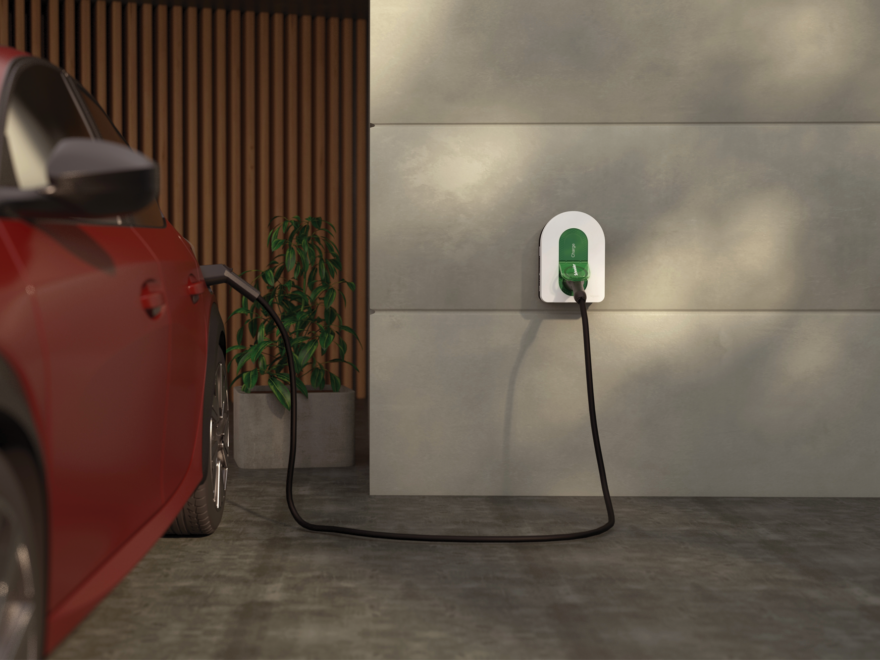Ollie Hill is the New Zealand country president for Schneider Electric.
OPINION: Transport is a significant contributor to the emissions landscape, contributing 20% to New Zealand’s carbon footprint, and with one of the highest rates of car ownership in the world – 0.89 vehicles per capita – these emissions will continue to have a major impact.
To reach net zero by 2050, we must accelerate the transition of the electrification of vehicles.
Despite the recent loss of the clean car discount and road tax exemption slowing EV sales, they are expected to bounce back in the long term. According to recent BMI Research, EV sales in New Zealand are projected to increase by 50% next year.
There are several reasons behind the potential growth of the EV market. First, consumers are increasingly beginning to see electric vehicles as an attractive transportation option due to their competitive price point and long-term cost-saving benefits.
According to Rewiring Aotearoa’s information on EVs, they are already cheaper to buy and run over their lifetime than petrol cars, with the cheapest fuel being rooftop solar.
By 2030 it is expected that prices will be around 80% of the price of their petrol counterparts.
Owning an EV could help car owners save $1600 per year according to New Zealand’s Electric Vehicle Council. Over 15 years, EV owners can save between $10,000 and $19,000 on fuel and maintenance, depending on how their cars are charged.
On the macro level, driven by the ambitious target to reduce net emissions to 50% below gross 2005 levels by 2030, the New Zealand Government is building its charging infrastructure to support the increasing adoption of EVs. In April 2024, the Government announced a supercharging of the EV infrastructure work programme to support its target of 10,000 public EV chargers by 2030.
To balance energy demand and supply, the Government is also considering regulatory updates that better provide for EV smart charging, which smooths demand without compromising service for EV owners and addresses energy demands.
At the same time, EV solution providers are also empowering car owners with the ability to install smart chargers at home (where data suggests over 90% of charging takes place) or at other locations like workplaces, supermarkets, or parks. These come with built-in convenience, are cheaper to run and have minimal impact on electricity networks compared to fast chargers.
Charging overnight allows most EV owners to meet everyday driving needs while saving additional money as the electricity rates tend to be cheaper during off-peak hours and charging with solar during the day is cheaper still.
The promise of “vehicle-to-home” (V2H) technology also means consumers can have a reliable backup solution during a power outage, as well as the ability to cut demand on the grid during peak hours when utility rates are high.
The transition to electric vehicles is not only inevitable but essential for reducing emissions and achieving net zero targets. EVs offer both environmental and economic benefits, making them a smart choice for consumers.
While challenges such as charging infrastructure and consumer apprehension exist, ongoing investments in smart charging solutions and government initiatives are paving the way for a more sustainable future.
With the right education, infrastructure and policies in place, New Zealand is well-positioned to embrace the electric vehicle revolution and lead the way in sustainable transportation.


